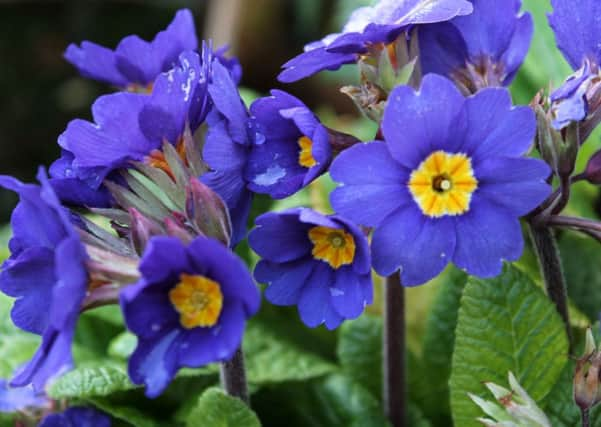Make some cutbacks...


But even though the stems haven’t yet been killed off, the foliage has started to die back and most plants are looking as though they’ve had enough of this year.
Cutting back the stems of border plants such as peony, achillea, Russian sage and columbine before winter is good garden hygiene. Pests and diseases will have fewer places to over-winter – but make sure that you compost only the material that’s disease-free.
Advertisement
Hide AdAdvertisement
Hide AdAny stems carrying seed heads beloved of the birds or perfect for an autumnal photo-shoot are worth leaving standing. These include the stems of grasses, poppies, echinacea and other cone flowers. And bear’s britches (acanthus) and liatris produce upright and sturdy stems that should remain attractive for many months.
So once you’ve finished with the shears and secateurs, stay outdoors and plant up beds with winter-flowering bedding that will continue to bloom in spring.
Primula, polyanthus and primrose are hardy enough in most areas to survive a few years, producing vibrant pockets of colour.
If the soil is poor it pays to buy a bag of soil conditioner or dig out some well-rotted compost – organic matter will improve the water-holding capacity of light soils and improve the drainage in heavy ones.
Advertisement
Hide AdAdvertisement
Hide AdWith all that done, collect up all fallen leaves that have a tendency to settle in flower and shrub borders. Leaving them to rot down in may seem like the easy option, but they provide comfy shelters for slugs, snails and other destructive pests.
So if you can’t be bothered building a proper container to hold them (the leaves, not the pests) ram the leaves into empty compost bags and give them a soaking. They should rot down slowly over the next couple of years to provide some decent leafmould that can be mixed into home-made growing compost or used as a mulch on beds and borders.
And before you head indoors for a cup of tea and a Jaffa Cake, sprinkle slug pellets around flowers, fruit and vegetables to provide protection against molluscs before they hunker down to hibernate. If you’re worried about pets joining in the lethal feast, pop the pellets under stones.